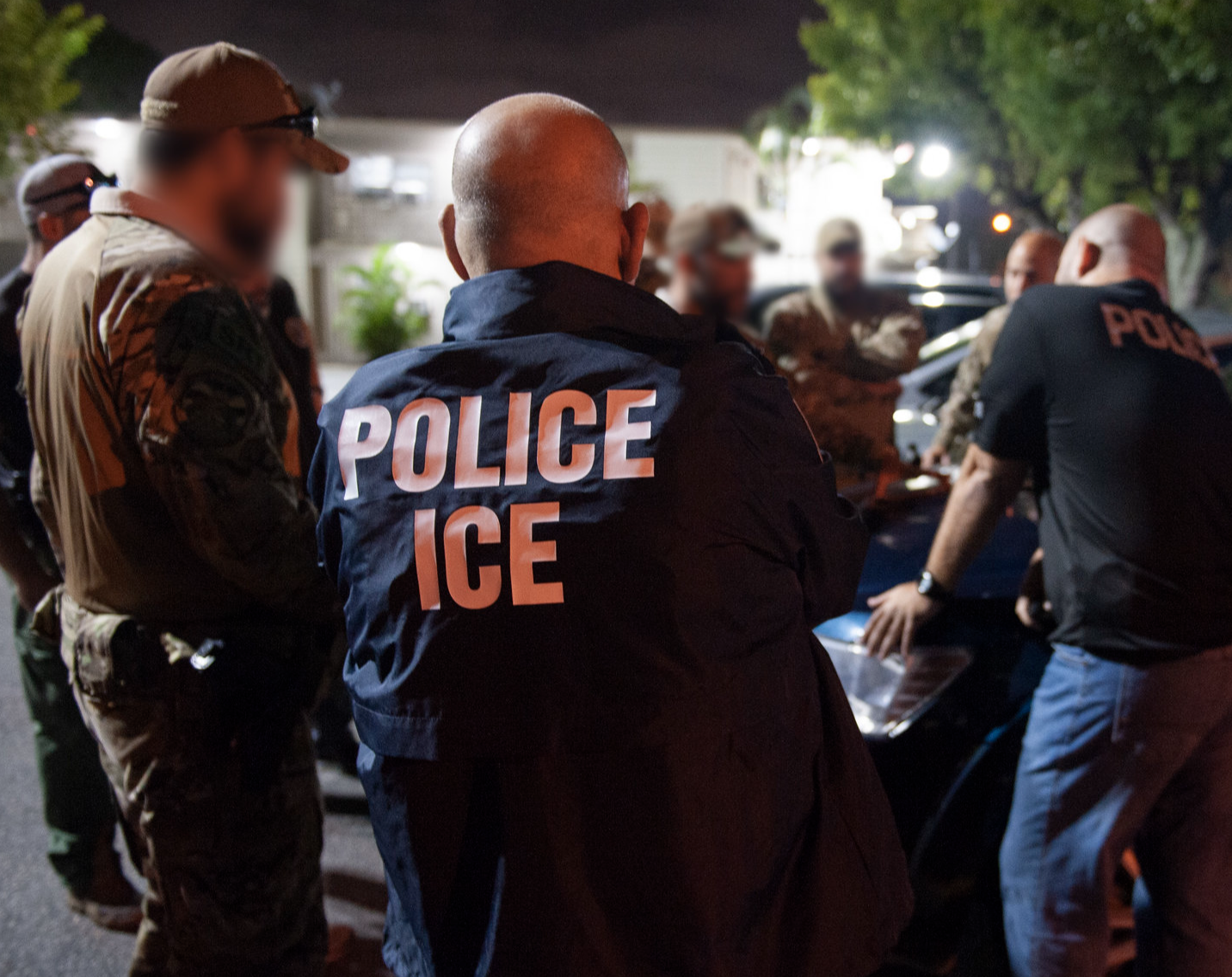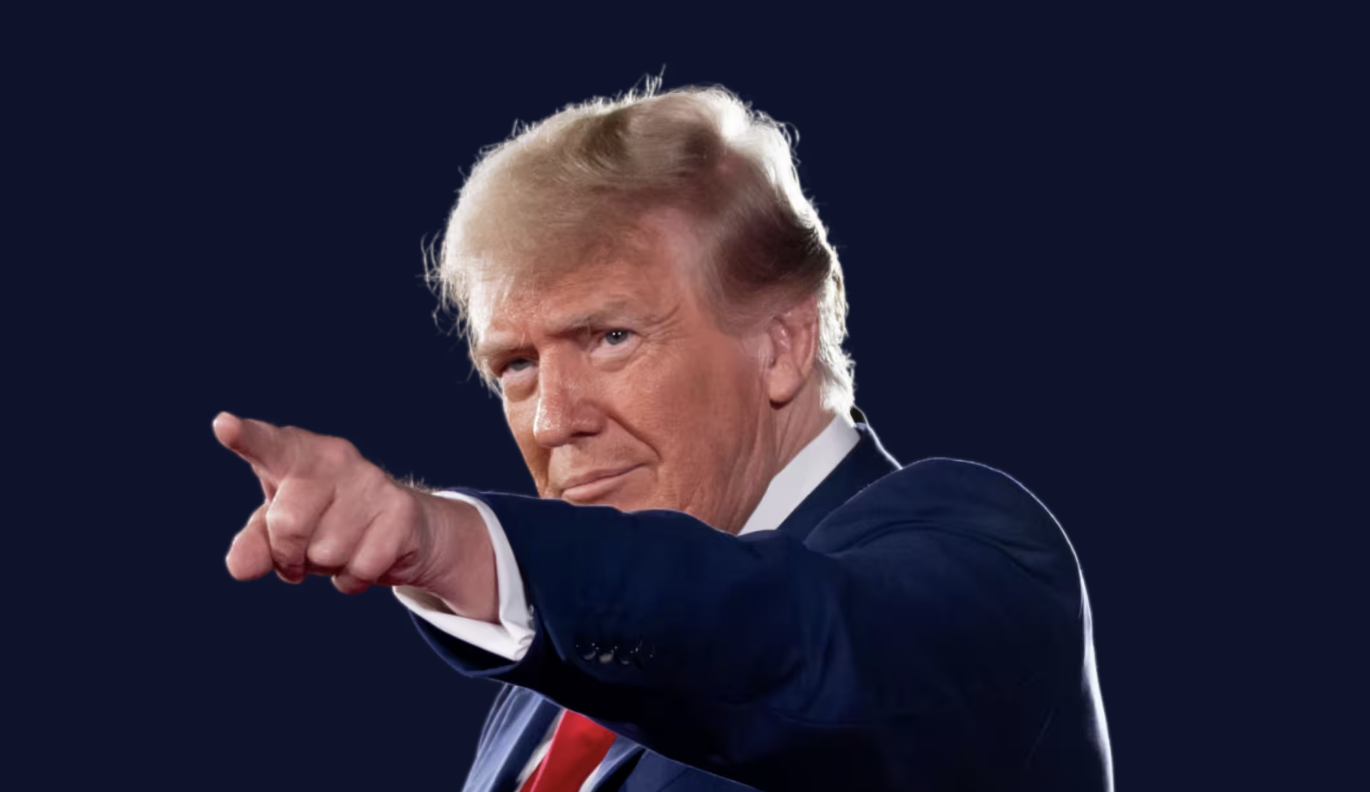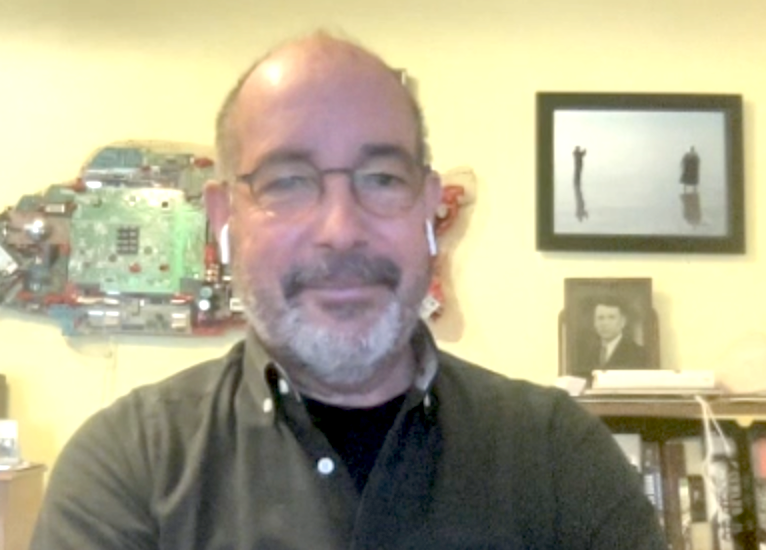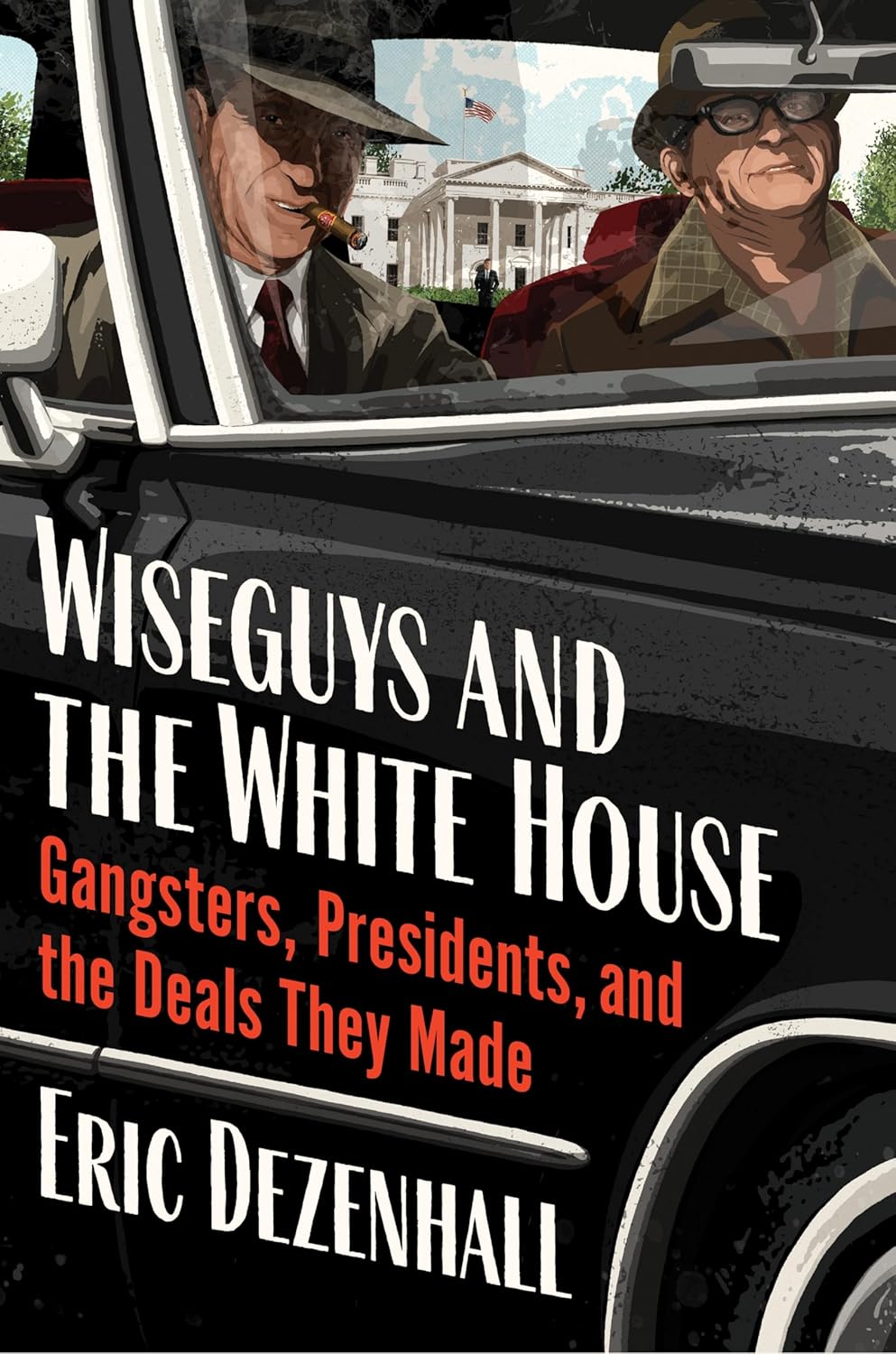The writer, a Washington investigative journalist specializing in organized-crime and political-corruption investigations, is a Jimmy Hoffa murder expert. He is the author of “The Hoffa Wars” (1978) and eight other books. Tuesday marks the 44th anniversary of the unsolved disappearance of Hoffa, who wanted to regain the presidency of the Teamsters.
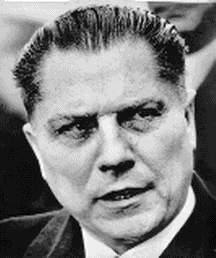
By Dan Moldea
Jimmy Hoffa disappeared 44 years ago today.
In early August 1975, while serving twenty years at Trenton State Prison for manslaughter, inmate Ralph Picardo received a visit from his accountant, who was accompanied by Stephen and Thomas Andretta, two of the alleged co-conspirators in Hoffa’s murder a few days earlier. Picardo, who was a close friend of the Andretta brothers, told the FBI in or about November 1975 that he had spent some time alone with Steve Andretta during that prison visitation. According to Picardo, Andretta had given him a few details about the murder.
Picardo told the FBI that, based on what he had learned from Andretta, Hoffa had been murdered near Detroit in a killing engineered by New Jersey mobster Anthony Provenzano, the Andretta brothers’ boss. After his death, according to Andretta via Picardo, Hoffa was stuffed into a 55-gallon oil drum, loaded onto a Gateway Transportation truck, and shipped to New Jersey.
Shortly thereafter, Picardo made a deal with federal prosecutors and became the most credible witness about the Hoffa case to date.
When he was asked by the FBI specifically who had murdered Hoffa, Picardo replied that he didn’t know for sure but added that Salvatore Briguglio, Provenzano’s top lieutenant, had earlier received a contract from his boss to kill Hoffa in late 1973 or early 1974. Provenzano sent Briguglio a note, delivered by his brother, Gabriel Briguglio, asking him to execute the Hoffa hit.
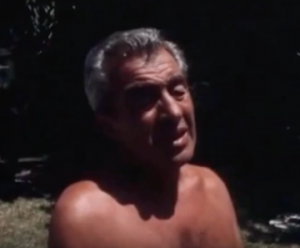
When Picardo was asked by the FBI where Hoffa was taken in New Jersey via the Gateway truck, he again replied that he didn’t know for sure but added that his friends in the Provenzano crew frequently disposed of dead bodies at a landfill in Jersey City, owed by Phillip Moscato, a soldier in the Genovese crime family.
In 1975-1976, I revealed—in what was my biggest contribution to this case—that a vicious Hoffa rival, Rolland McMaster, was the mystery man behind a series of acts of violence—bombings, beatings, shootings, and general sabotage—directed primarily against Hoffa’s allies in Detroit’s Local 299, the last of which was a car bombing just twenty days before Hoffa vanished.
On the day of Hoffa’s murder, McMaster was with his brother-in-law, Stanton Barr, who was the head of Gateway Transportation’s steel division in Detroit. Also, one of McMaster’s top goons was Jim Shaw, a long-haul driver for Gateway, who, directed by McMaster, had participated in the earlier anti-Hoffa violence in Local 299. In addition, on the night before Hoffa’s murder, McMaster and Barr had met with Provenzano at a restaurant in Detroit, according to another federal witness, Donovan Wells, a long-time business associate of McMaster.
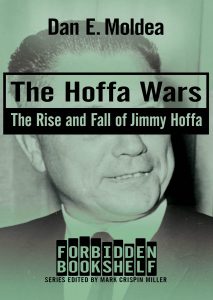
Only Person Living or Dead
Notably, I am the only person in the world, living or dead, who has interviewed all of these suspects—the Andretta brothers, the Briguglio brothers, Moscato, McMaster, Barr, and Shaw. And most of these interviews were recorded.
I also recorded interviews with other persons of interest, including Charles “Chuckie” O’Brien, Hoffa’s “foster son,” and Frank “The Irishman” Sheeran, who would later falsely claim to have killed Hoffa.
Confirming that Ralph Picardo “basically had it right,” Phillip Moscato told me—on tape—that he and Briguglio had unloaded the barrel containing Hoffa’s body from the Gateway truck and then buried it at his landfill in Jersey City.
[Here is a longer version of what I believe happened to Jimmy Hoffa, based on the best available evidence: click here.]
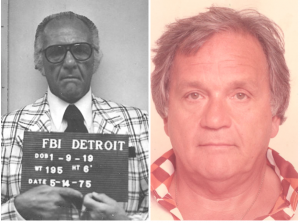
During the coming months, watch for more excellent reporting on the Hoffa case from Eric Shawn of Fox News and his top investigator, the legendary Ed Barnes, as well as the extraordinary work of author and filmmaker Scott Burnstein, the world’s expert on the Detroit Mafia, aka “The Partnership.”
And get ready for the upcoming, highly anticipated book—In Hoffa’s Shadow: A Stepfather, a Disappearance in Detroit, and My Search for the Truth—by Jack Goldsmith, a Harvard law professor, which will be released in September. Goldsmith is the stepson of Chuck O’Brien, whom many believe had driven the car that took Hoffa to the scene of his murder.
Remarkably, Phillip Moscato suggested to me that Detroit mobster Vito Giacalone, the brother of the notorious Anthony Giacalone, was the driver, not O’Brien. Tony Giacalone was a brother-in-law of Tony Provenzano. According to the FBI, Hoffa expected to meet with both men on the day of his killing at the Machus Red Fox restaurant in Bloomfield Township, Michigan.
The Wixom Farm
FBI informant Don Wells told me that he believes that Provenzano was in Detroit and at the scene of Hoffa’s murder, which he believes took place at Rolland McMaster’s farm in Wixom, Michigan. In 2006, the FBI searched that property for Hoffa’s remains without success.
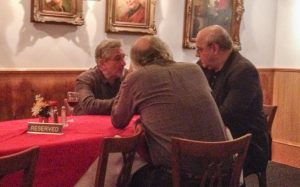
With regard to The Irishman, the hyped-up Martin Scorsese-Robert De Niro film fantasy about the Hoffa case which is set for release in late November, Netflix has reportedly bet nearly $200 million that con man and provable liar Frank Sheeran, who died in December 2003, had told the truth about Hoffa’s murder in a 2004 book upon which the movie is based.
Netflix should have spent at least some of that losing bet on a fact-checker. The film is sure to be Scorsese and De Niro homage to Oliver Stone’s film, JFK, which featured great cinema but bad history.
Watch how quickly Netflix, along with Scorsese and De Niro, suddenly start describing their motion-picture project as “based on fact with several departures from reality.”
Finally, when I met with De Niro in December 2014, I warned him about Sheeran and bluntly accused him of getting conned by this perpetrator

